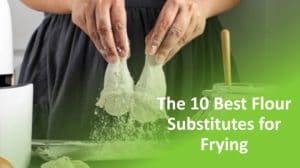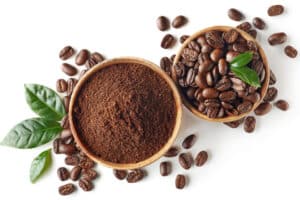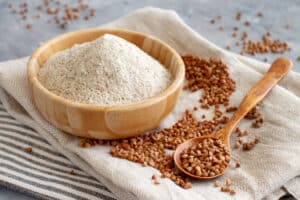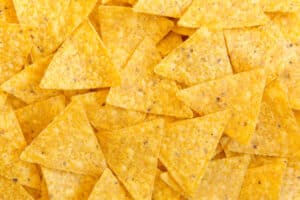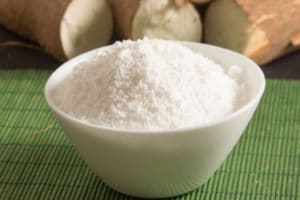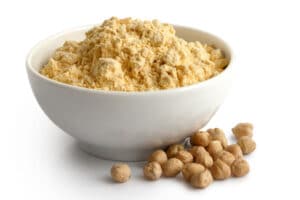Protein powder is an essential ingredient for those interested in fitness and weight loss.
People who want to build muscles typically add protein powder to pancakes and baked goods to make healthier dishes. However, most of us don’t need protein powder, and it may even cause allergies for some people. Depending on the brand, it may also be costly.
If you don’t want to use protein powder, you can add protein to your baked goods with products you probably already have in your kitchen. Here are the 5 best alternatives you can use.
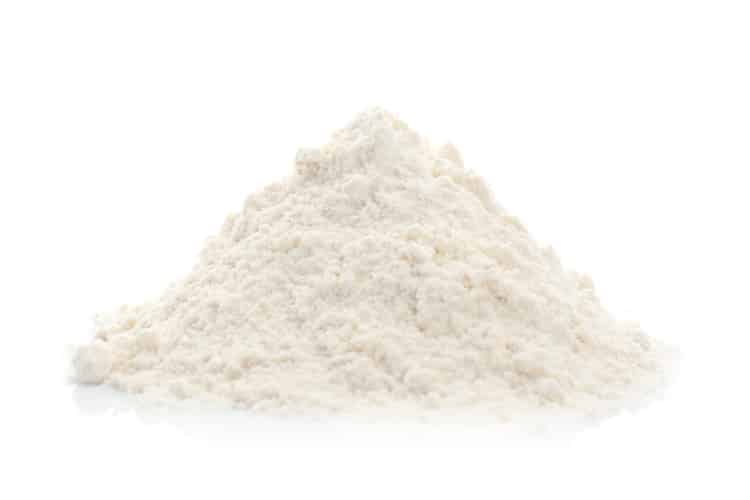
Whey Protein Substitute in Baking
Oat Flour
Oat flour has become a popular alternative to protein powder thanks to the growing demand for gluten-free goods. It’s made from finely crushed whole grains and can be used as flour in many recipes.
It contains a wealth of minerals, including thiamine, calcium, iron, magnesium, phosphorus, and zinc, and is naturally gluten-free. Its fantastic fiber and protein content not only improves the structure of baked products but also makes them more filling.
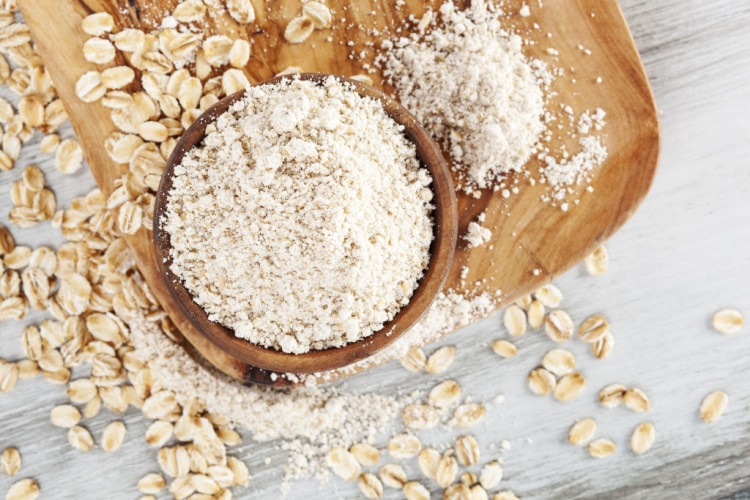
Oat flour tastes mildly sweet, toasted, and nutty. It also imparts a nice subtle caramel flavor to baked products such as cookies and cakes and complements other ingredients like almonds, berries, bananas, and cinnamon.
You can add one and a half cups of oat flour for every cup of protein powder required in a recipe.
Homemade Oat Flour Recipe
Making oat flour is relatively easy. All you need is a fast blender and oats.
Add rolled oats to a blender and mix for 30 — 45 seconds on high speed. Scrape down the sides with a spatula and continue mixing for 15 — 20 seconds.
The flour warms up during blending, so spread the powder on a baking sheet once it’s fine and powdery and let it cool.
Almond Flour
If you’re familiar with gluten-free living, then you must have heard of almond flour. It’s a soft powder composed entirely of ground almonds.
Almond flour is low in carbohydrates and high in protein. It’s a widely utilized and well-liked protein powder substitute that results in moist, tender, and delicious baked goods.
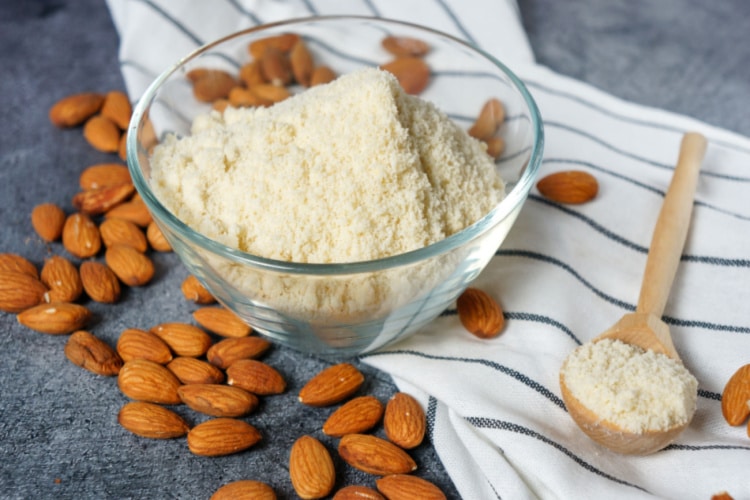
The taste of almond in almond flour comes as no surprise — it’s sweet and nutty with just a hint of bitterness. Almond flour’s high-fat content makes baked goods moist and tender, so it’s a great addition to cookies, cakes, and other pastries.
Experiment with different ratios to achieve the best balance for your recipe. Almond flour is naturally absorbent, so you may need to add a bit of water or milk when making a batter or dough.
Homemade Almond Flour Recipe
Making almond flour at home is as easy as one, two, three! It just takes almonds, a processor, and 5 minutes of your time.
Blend blanched almonds until they form a fine, granular flour. You can use a powerful blender or food processor with sharp blades.
Pause and scrape down your bowl or blender frequently to get a smooth mixture. If you process it for too long, you will make almond butter, so be careful.
Coconut Flour
Coconut flour is a smooth, flour-like powder created entirely from dried coconut flesh.
It’s naturally gluten-free, grain-free, and nut-free, making it a fantastic protein powder alternative that is both healthy and allergy-friendly.
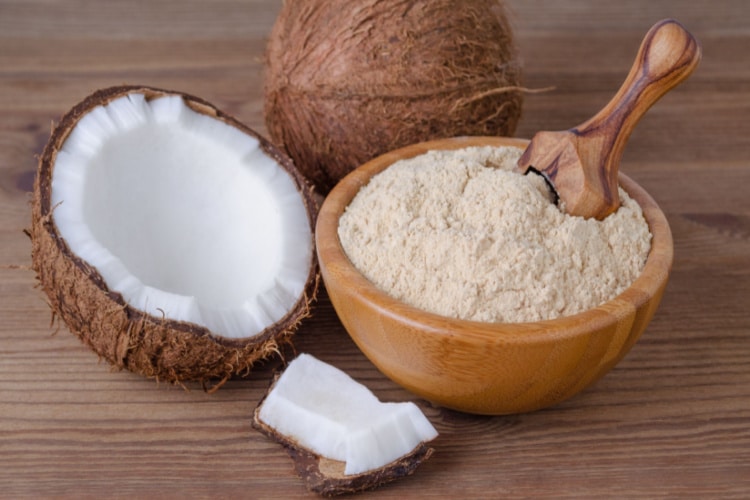
Coconut flour tastes somewhat sweet and nutty, so it may take a while to get used to it if you aren’t used to the flavor of coconut in baked goods. Still, you can always cover the flavor by combining it with chocolate, cocoa, or bananas.
The ratio is 1:1. Due to the absorbency of coconut flour, you might also need to increase the amount of liquid in the recipe. Water or coconut milk are both excellent choices.
Homemade Coconut Flour
Got any coconuts on hand? Well, now you can make a homemade protein powder substitute in less than an hour.
First, get some coconut pulp. Preheat the oven to 120 °F (50 °C). Bake on a baking sheet lined with parchment paper for 45 minutes or until the coconut pulp is completely dry.
Remove the pulp from the oven and let it aside for a few minutes to cool. Then, add the coconut pulp to a blender or food processor and pulse for 1-2 minutes, or until it resembles a fine powder.
Quinoa Flour
Quinoa is an ancient grain that is ground to make gluten-free, protein-rich flour.
It originated in the Andes of South America, and it’s been a crucial part of the Andean diet for ages thanks to its high protein content.
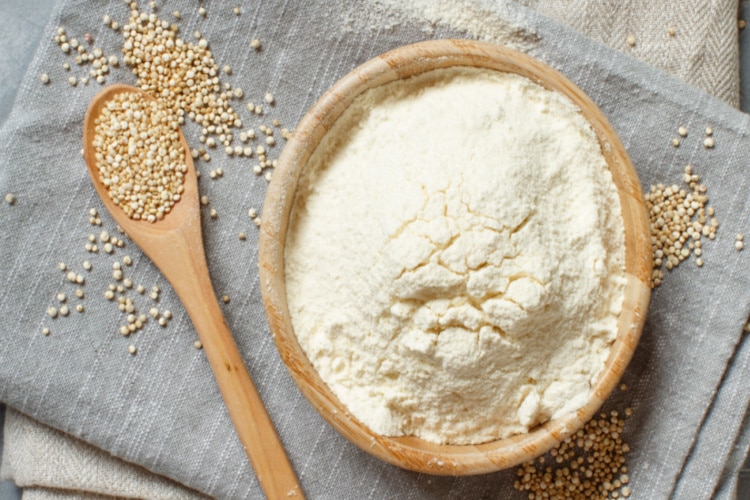
This flour is created from milled or unmilled seeds. Unmilled seeds yield a coarser, more nutritious flour, while milled seeds yield much smoother flour.
The color of the flour is white to creamy yellow. It has a mild taste with only a hint of nuttiness.
Quinoa is gluten-free, so people with gluten allergies can use it in baking recipes safely. Make sure to substitute 1 cup of quinoa flour for 1 cup of protein powder in a recipe.
Homemade Quinoa Flour
The process of making quinoa flour is far simpler than you might think.
On a dry skillet, toast the quinoa at high temperature. After that, turn the heat down to medium and stir the quinoa for about 5 minutes, or until it becomes golden and pops.
Place the quinoa on a plate and allow it to cool. Blend until powdery. Run the quinoa powder through a fine mesh sieve to remove any big pieces.
Chickpea Flour
Chickpea flour, a prominent ingredient in Indian cuisine, is increasingly used in place of protein powder worldwide. It’s a gluten-free alternative.
There are different varieties of chickpea flour. Kabuli chickpea flour, for example, is made from the tan-colored chickpeas you’re most likely familiar with. Desi chickpea flour is made from smaller, tougher, and darker shells.
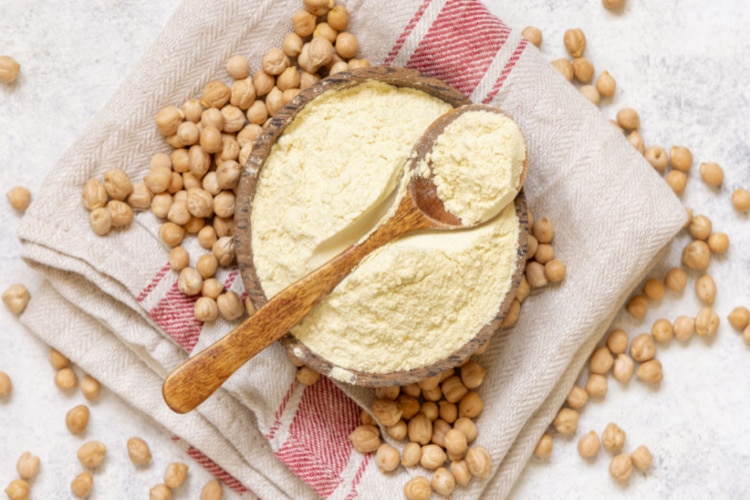
Kabuli chickpeas are coarser and fluffier in texture than Desi chickpeas, which are finer and denser. Both have a neutral flavor that is nutty and slightly beany.
Another difference is the amount of liquid needed to form a batter. Besan will need less water than Kabuli in a baking recipe.
Homemade Chickpea Flour
Homemade chickpea flour is a simple gluten-free flour for a broad range of baking recipes.
The dried chickpeas should be processed in a food processor for 2 — 3 minutes at high speed to make flour.
Pour the resulting blend through a sieve into a mixing dish. Use a coffee grinder or spice mill to crush the remaining chickpeas into fine flour. If any unprocessed chickpeas remain, sift the mixture one more time to collect them and toss them away.
Conclusion
Protein powder has become a common ingredient in many baking recipes, and it’s often added to muffins, cookies, and cakes.
It has established itself as a mainstay in the diets of dieters and fitness fanatics. But what if you have allergies or dietary limitations that prevent you from baking with protein powder? You no longer have to be concerned since you have other options available.
Oat flour will give your baked goods a slightly caramelized flavor, while almond flour adds a sweet but somewhat sharp taste. Coconut flour is definitely the go-to substitute for lovers of coconut-flavored pastries, cookies, and pancakes.
Chickpea flour may leave a bean-like aftertaste, so it’s better for savory recipes. Quinoa’s mild taste is ideal for those who don’t like overpowering flavors.
If you have a good quality blender, you can gather your ingredients and make your protein powder substitute at home!
Further reading: Baking powder vs. cream of tartar.

